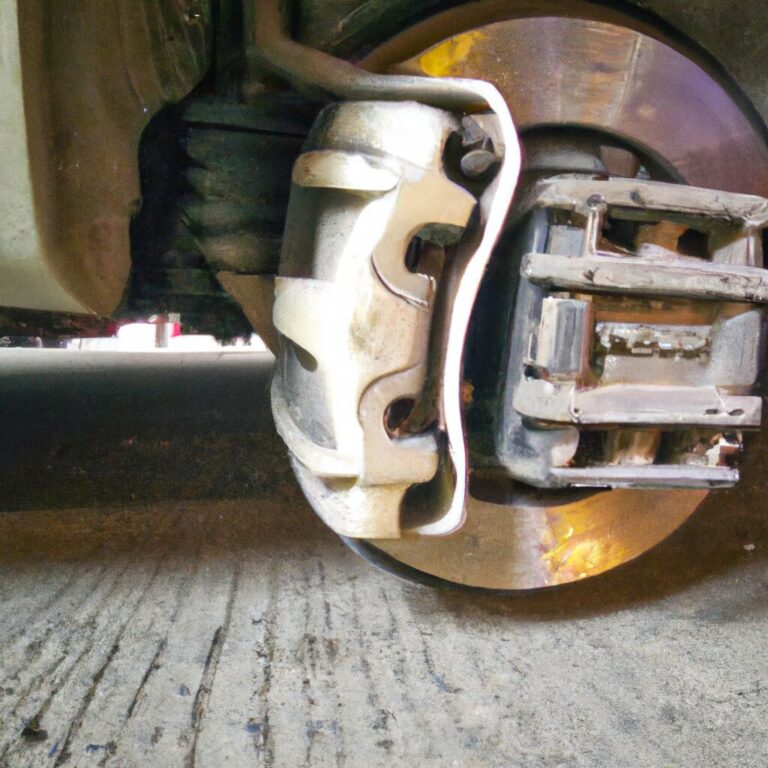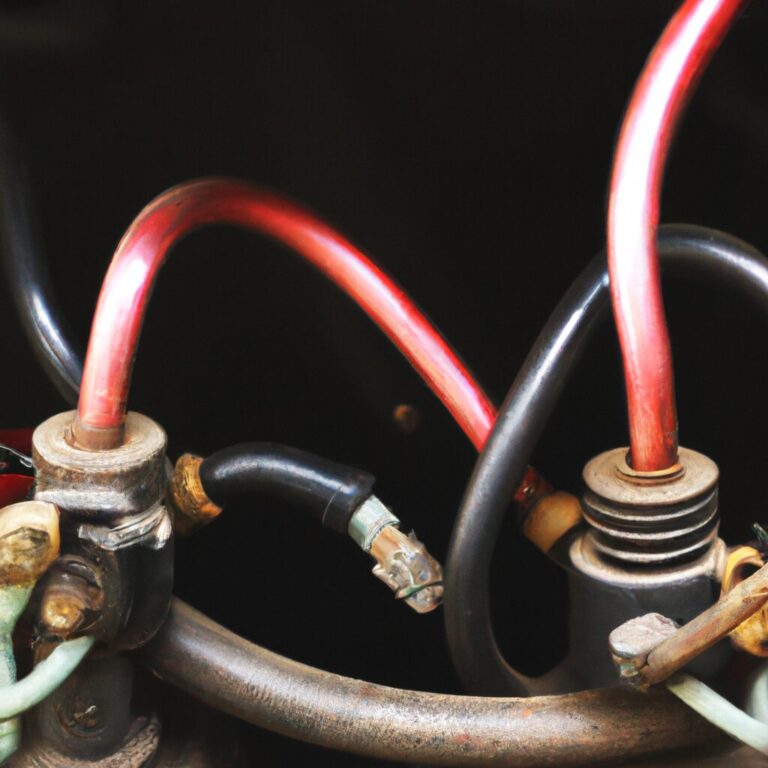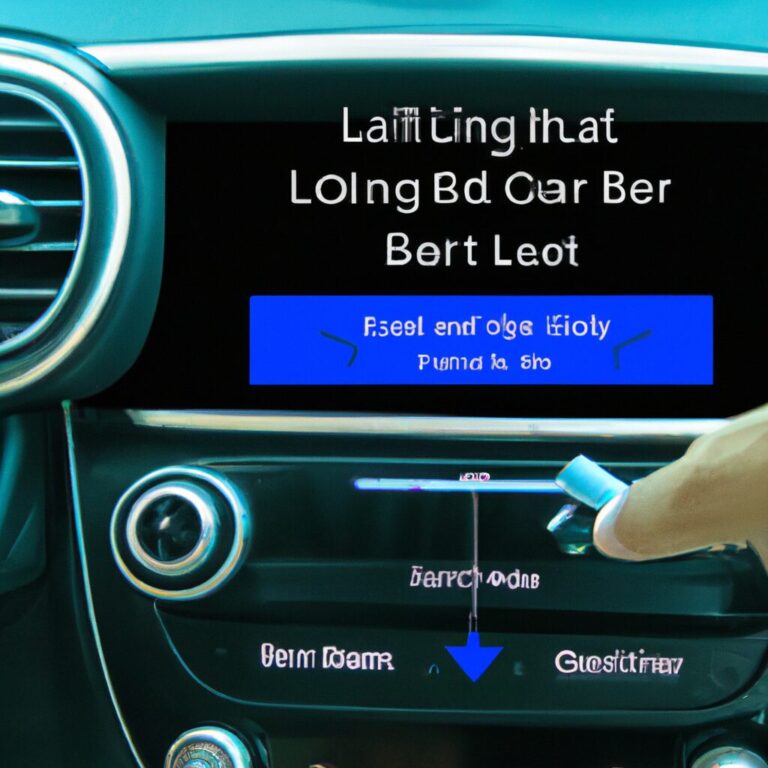How Many Gallons Left When Gas Light Comes on
When the gas light illuminates in your car, did you know that there's typically only about 1-2 gallons of fuel remaining in the tank? This translates to roughly 30-50 miles of driving range, but various factors can influence this estimate.
Considering your vehicle's make, model, driving style, and road conditions can help you better gauge how many gallons are left and how far you can push it before needing to refuel.
But have you ever wondered what happens if you ignore the gas light and keep driving? Keep reading to find out more about the implications and strategies to avoid running out of gas at an inconvenient time.
Key Takeaways
- Gas light indicates 1-2 gallons left in most vehicles.
- Understanding fuel reserve helps plan refueling stops effectively.
- Different car models have varying fuel reserve ranges.
- Maintain a quarter tank and refuel promptly after gas light activates.
Determining Gasoline Quantity When Light Activates
When the gas light activates in most vehicles, it typically indicates a remaining fuel quantity of approximately 1-2 gallons. Understanding this amount is crucial for planning refueling stops effectively. Most vehicles can travel around 30-50 miles after the gas light comes on, but this can vary based on driving conditions and the vehicle's fuel efficiency.
Knowing the approximate amount of fuel left in your tank when the gas light illuminates is essential for preventing unexpected fuel depletion. By keeping track of your fuel level and estimated mileage, you can better gauge when to refuel. Different car models may have varying levels of fuel remaining when the gas light turns on, so understanding your specific vehicle's behavior is important for accurate planning.
To determine the exact gallons left when the gas light activates, consider factors like your vehicle's fuel efficiency, driving habits, and road conditions. Monitoring these elements can help you better estimate how far you can travel before needing to refuel.
Factors Influencing Remaining Gallons
Factors influencing the amount of remaining gallons when the gas light illuminates include various aspects such as car make, model, and driving conditions. When the fuel light comes on, most vehicles typically have approximately 1-2 gallons left in the tank. The number of gallons left can differ based on factors like the vehicle's fuel reserve capacity, which is influenced by the tank size, fuel efficiency, and driving habits.
Understanding your specific vehicle's fuel reserve capacity is crucial in determining how many gallons are left when the gas light activates. Vehicles with better fuel economy may have more gallons remaining compared to those with lower efficiency. It's advisable to maintain at least a quarter tank of fuel or refuel promptly once the gas light comes on to prevent running out of gas and avoid potential damage to the vehicle.
Impact of Vehicle Make and Model
When considering the impact of vehicle make and model on the distance traveled after the gas light illuminates, several factors come into play. Gas light accuracy, engine efficiency factor, and driving habits significantly influence the remaining autonomy.
Different vehicle models like the Nissan Altima, Toyota Prius, Nissan Rogue, Chevrolet Silverado, Hyundai, and Kia showcase varying fuel reserve ranges, emphasizing the importance of understanding specific vehicle capabilities.
Engine efficiency and fuel tank size play a crucial role in determining the distance a vehicle can cover on empty. It is essential to consider these factors when estimating how many gallons are left when the gas light comes on.
Gas Light Accuracy
Determining the fuel reserve capacity of your specific vehicle model post gas light activation is essential for accurate range estimation. The accuracy of the gas light varies among different vehicle makes and models.
While most cars indicate around 2-3 gallons of gas left when the fuel light comes on, certain models like the Toyota Prius hybrid can travel up to 130 kilometers on empty. Korean-made vehicles, on the other hand, may have fuel reserve distances ranging from 50 to 185 kilometers post low-fuel warning.
Knowing the exact fuel reserve capacity of your car is crucial to avoid unexpectedly running out of fuel. Understanding these differences can help you plan your refueling stops more effectively and prevent being stranded due to an empty tank.
Engine Efficiency Factor
Understanding the impact of your vehicle's make and model on the engine efficiency factor is crucial for optimizing fuel consumption and performance. When it comes to the remaining fuel reserve and gas light activation point, different vehicles exhibit varying behaviors.
- Vehicle design influences the point at which the gas light illuminates, affecting the remaining fuel reserve.
- Engine efficiency factor plays a significant role in determining how many gallons are left when the light comes on.
- Being aware of your specific vehicle's characteristics can help you gauge the remaining fuel accurately and plan refueling stops efficiently.
Driving Habits Influence
Your driving habits significantly influence the amount of fuel remaining in your vehicle when the gas light activates. Factors such as acceleration, speed, and braking impact how quickly your vehicle consumes fuel. Understanding the fuel reserve capacity of your specific make and model is vital. Below is a comparison table showcasing the varying fuel reserve capacities for different vehicle types:
| Vehicle Make and Model | Fuel Reserve Capacity (approx. gallons) |
|---|---|
| Nissan Altima | 2-4 |
| Chevrolet Silverado | 2-4 |
| Ford Focus | 2-4 |
| Toyota Camry | 2-4 |
| Honda Civic | 2-4 |
To maximize your driving range and avoid running out of gas, maintain steady speeds, avoid sudden accelerations, and promptly refuel once the gas light comes on.
Effects of Driving With Gas Light on
When driving with the gas light on, the fuel pump experiences increased stress, potentially leading to engine damage. Prolonged driving in this state can harm the fuel pump, as it relies on gasoline for cooling and lubrication. Running on low fuel levels poses risks beyond just running out of gas. Here are some crucial points to consider:
- Running on empty occasionally in emergencies is acceptable, but prolonged driving can harm the fuel pump.
- Fuel tanks contain debris that can be drawn into the engine when running on low fuel levels.
- Waiting too long to refuel after the gas light comes on can increase the risk of engine damage.
To avoid costly repairs and maintain the optimal functioning of your vehicle, it's advisable to refuel promptly when the gas light illuminates. Remember, taking care of your fuel system today can save you from significant headaches tomorrow.
Safety Measures When Gas Light Activates
When the gas light illuminates, it serves as a crucial fuel warning. Immediate refueling is essential to prevent the risk of running out of gas during your journey.
Identify nearby emergency gas stations to ensure a safe and timely refill.
Fuel Light Warning
When the gas light illuminates in your vehicle, taking immediate action to refuel is crucial to prevent potential engine damage and ensure safe operation.
- Ignoring the low fuel warning may lead to running out of gas unexpectedly.
- Modern vehicles usually have around 2-3 gallons of fuel left when the low fuel light activates.
- Running the tank too low can stress the fuel pump and cause engine issues.
Immediate Refueling Importance
Refuel immediately upon the activation of the gas light to safeguard your engine from potential damage and ensure safe vehicle operation. Running on low fuel levels can strain the fuel pump, leading to costly repairs and compromising engine performance. Ignoring the gas light and running on empty can harm crucial engine and fuel system components. Immediate refueling is essential to prevent these issues and maintain optimal vehicle functionality. To emphasize the importance of immediate refueling, consider the following table:
| Immediate Refueling Importance | |
|---|---|
| Gas Light Activates | Refuel Promptly |
| Engine Damage Risk | Prevented |
| Safe Vehicle Operation | Ensured |
Emergency Gas Stations
To ensure seamless travel when your gas light activates, understanding the importance of locating emergency gas stations becomes paramount for safe and efficient refueling. When running out of gas seems imminent, take these steps to stay safe and prepared:
- Stay Calm: Panicking can lead to poor decision-making.
- Check Fuel Levels: Monitor your fuel tank gauge regularly.
- Plan Ahead: Identify emergency gas stations along your route for quick access.
Financial Implications of Low Fuel Driving
Driving with low fuel levels can result in costly repairs, particularly due to potential damage to the fuel pump. When you ignore the warning light on your dashboard and consistently run the tank low, you risk damaging the fuel pump, which can be an expensive repair.
Running out of fuel not only leaves you stranded but can also lead to detrimental effects on your vehicle's components, resulting in unexpected expenses. It's crucial to keep an eye on your gas gauge and fill up promptly after the warning light comes on to avoid these financial implications.
Strategies to Avoid Running Out of Gas
When managing your vehicle's fuel levels, implementing strategic practices can help you avoid the potential risks associated with running out of gas. To ensure you stay prepared, consider the following strategies:
- Maintain a Quarter Tank: Keeping at least a quarter tank of fuel can safeguard your vehicle's components, such as the fuel pump, from damage.
- Know Your Limits: Understand your specific vehicle's fuel reserve capacity and limitations to prevent unexpected situations where you run out of gas.
- Err on the Side of Caution: If your gas tank is nearing empty and the gauge reads low, it's advisable to err on the side of caution and refuel promptly.
Frequently Asked Questions
How Long Do I Have to Drive After My Gas Light Comes On?
When your gas light illuminates, you should refuel promptly to avoid potential risks. Factors like driving habits and vehicle size affect remaining distance. Be cautious of fuel consumption and plan emergency strategies. Understanding fuel efficiency is critical to prevent running out of gas.
How Many Miles Left When Fuel Light Comes On?
When the fuel light illuminates, you typically have about 30-50 miles left before running out of gas. Fuel efficiency is crucial, so plan your refueling promptly. Understanding your car's limits and driving habits can enhance emergency preparedness.
How Many Miles per Gallon Does a Gas Light Get?
When the gas light illuminates, your vehicle's fuel efficiency comparison can vary based on driving habits, impacting the accuracy of the fuel light. Factors like fuel consumption variations and individual driving styles affect the miles per gallon estimation.
How Far Can I Drive on E?
In emergency situations, knowing your fuel range is crucial. Be mindful of gas station availability and your vehicle's fuel efficiency. When driving on empty, aim to refuel promptly to avoid potential issues and ensure a smooth ride.
Conclusion
When the gas light comes on in your vehicle, you have approximately 1-2 gallons of fuel left, giving you a driving range of around 30-50 miles. However, this can vary based on factors like your vehicle's make, model, driving habits, and road conditions.
It's crucial to consider these variables to accurately gauge how many gallons are left and how far you can go before needing to refuel. Remember, safety should always be your top priority on the road.




